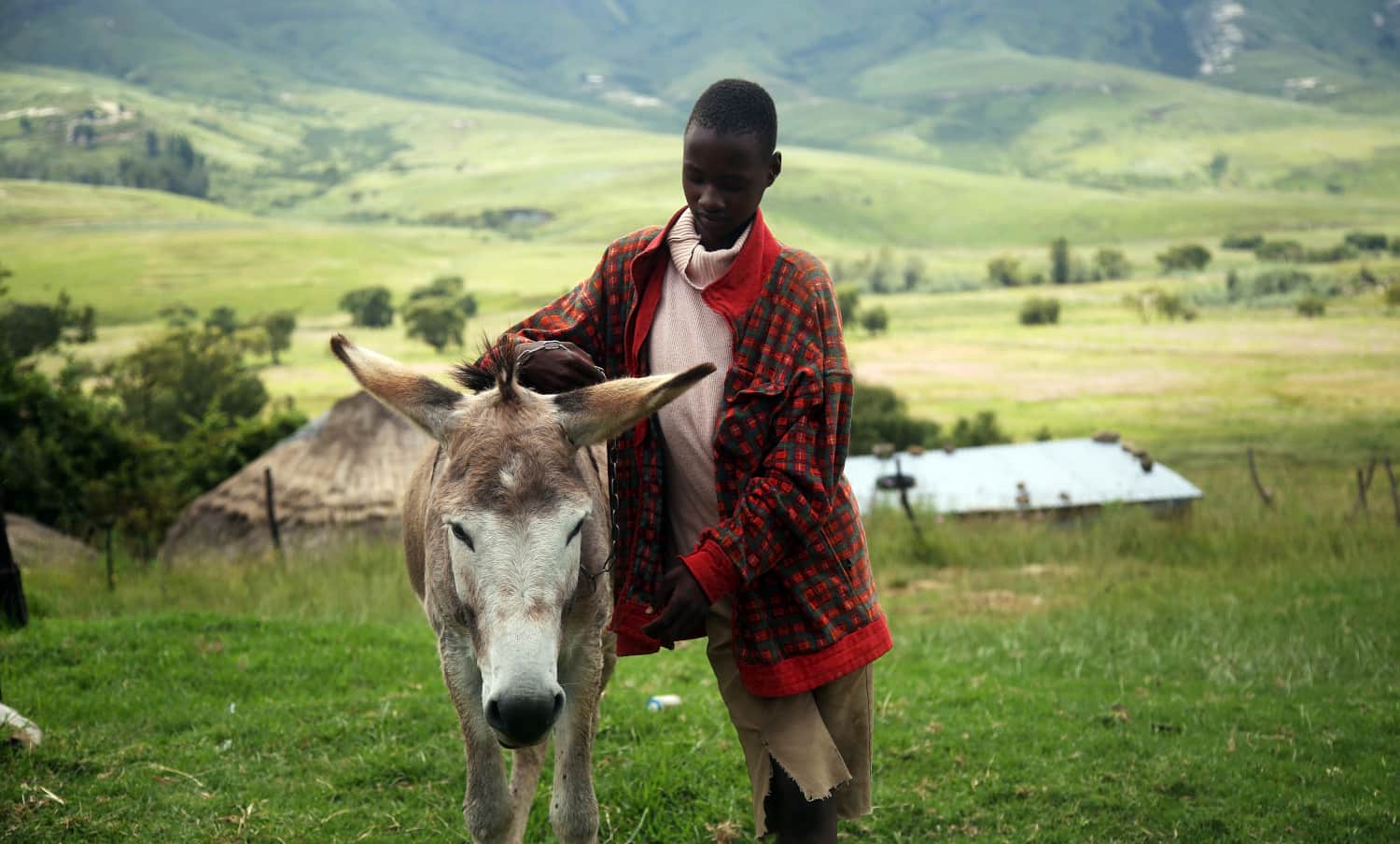The Kingdom of Lesotho recently signed on to the International Fund for Agricultural Development’s (IFAD) extension of the Smallholder Agriculture Development Project (SADP) to improve the livelihoods of vulnerable small-scale farmers. SADP II, the project’s second phase, targets youth and women to build the rural economy and sustainable farming.
According to IFAD, agriculture accounts for 17 percent of Lesotho’s GDP and is a major source of income for people in rural areas. But with the current challenges faced by climate change and the outbreak of COVID-19, the region is looking to develop the sector.
SADP II will follow SADP I, which supported 75,000 households in Lesotho, directly and indirectly impacting 17 percent of the total population, Phillip Baumgartner, Country Director for Lesotho at IFAD, tells Food Tank. Lesotho implemented SADP II in September and it will run until May of 2026.
SADP II will work directly with youth and women of the region to support agricultural producers through increased access to climate-smart technologies and high-quality inputs. These practices and technologies will result in improved productivity and increased market opportunities along the supply chain, says Baumgartner.
The project plans to create sustainable rural employment opportunities, increasing incomes, and greater economic and climate resilience. According to the World Bank, as of 2020, 32.8 percent of young people in Lesotho, aged 15-24, are unemployed.
Without further investment and targeted support to the agriculture sector, the already high risk of youth unemployment is likely to increase, says Baumgartner. He believes that youth entrepreneurship and new agricultural practices could “unleash the potential of the sector in terms of employment creation and boost productivity while promoting sustainable land and resource management.”
Additionally, the project hopes to have at least 50 percent of its beneficiaries be women, who often face difficulty accessing finance and land.
“Giving women access to finance to obtain high-quality inputs and training to improve agronomic practices, will not only create opportunities for women to increase production, processing, and sales but also improve household level dietary diversity and nutrition,” Baumgartner tells Food Tank.
Through the provision of technical assistance and investment support, SADP II looks to introduce and scale up best practices in climate-smart agriculture and sustainable land management.
“The project will mainstream climate and environmental considerations into agriculture,” Baumgartner tells Food Tank, “all of which are expected to result in positive outcomes of increased commercialization, enhanced climate resilience, food security, job creation, improved rural livelihoods and nutrition.”
Photo courtesy of Angelo Moleele, Unsplash
Content like this article is only possible because of Food Tank members. Please join today and get exclusive member benefits at FoodTank.com/Join.











